The Cretans are well-known and are mostly named along with the Philistines or Pallitini in the Bible: 2 Sam. viii, 18, xv. 18, 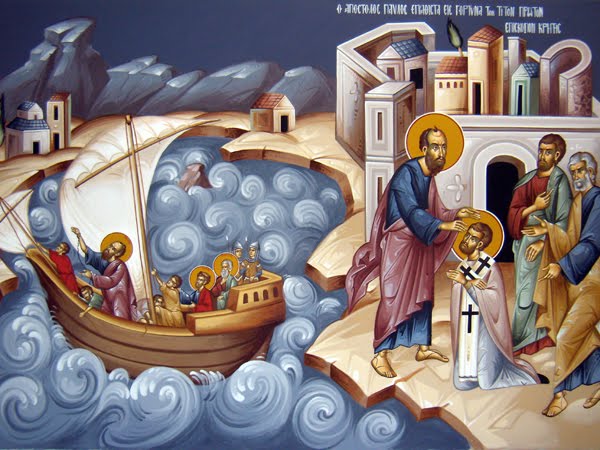 xx. 23. – Godfrey Higgins
xx. 23. – Godfrey Higgins
Many of you who come to my website probably do not know why I have been writing about the island of Crete so much lately. I do not blame you, but in the same breath, if you want to know true history and how our current world was creat-ed, then you might want to pay attention to these articles I’m sharing with you on this most mysterious island located in the Mediterranean Sea.
As I had written before, Crete was called Keftiu by the Ancient Egyptians, it was also known under the old biblical name written in Hebrew “Kaftor or Caphtor”, and the Arabs had called it Kerith. The Latins had called Crete, Cappadocia and the Europeans had named it Candia. During the rule of the Turks, the name of the island had changed to ‘Kriti’, which is Greek for the English Crete.
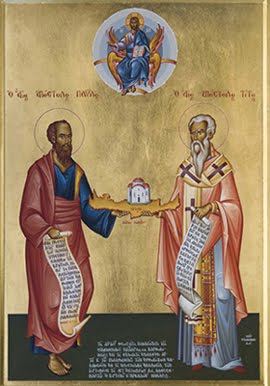 The name Crete is derived from the Greek word Kriti (Kri-ti), which means ‘creation.’ The meaning of the English word Cre’ate, is “to form out of nothing, to creo, creatum – cause to exist.” Hence, FIAT LUX.
The name Crete is derived from the Greek word Kriti (Kri-ti), which means ‘creation.’ The meaning of the English word Cre’ate, is “to form out of nothing, to creo, creatum – cause to exist.” Hence, FIAT LUX.
I believe that the island of Crete was named after a word meaning creation, because it was one of the main starting points where the modern civilization that we see today in the West was created. A holy island that was once the home to many of the most important ancient Greek Jewish families from the East, who some of these same Cretans families would eventually join Rome under the banner of the Christian Brotherhood. Hence, the introduction into Christianity of the “Roman Jews” such as the Apostle Paul and the 1st century Jewish Roman historian, Josephus Flavius. Two very important people, who both had strong relations and histories to Crete. My theory simply coincides with the “mythical Minoans” from Crete, who in fiction are said to be the first culture to introduce the arts to the Western World. When in reality, it was the people of Crete and their descendants, the Jews who many had become Christians in Universal Brotherhood with Rome at the beginning of this Age. Later they would form the Byzantine Empire and both the Greek and Russian Orthodox Churches.
There are not many places at this time in the world that were as important and so rich in history, than the island of Crete. When we couple this reality with the mythical tales and biblical history behind this holy island, my theories on Crete start to take shape as a fact. Here is a partial list of the research I have done lately with supporting facts, myths, firsts, events and people from this holy island that help substantiate my creation theory.
- In Greek mythology, the greatest of all Greek Gods was Zeus, who in Rome became Jove or Jupiter who was born and also hidden by his mother Rhea on the island of Crete. He is the “Father of Gods and men.” Hence, there is no greater god above Zeus/Jupiter. He was venerated in Crete as Zeus Velchanos (“boy-Zeus”) often simply the “the greatest kouros (κοῦρος).”
- The King of the Gods from Crete, Zeus was also the father to Athena, Apollo and Artemis, Hermes, Persephone (by Demeter), Dionysus, Perseus, Heracles, Helen of Troy, Minos, and the Muses (by Mnemosyne); by Hera, he is usually said to have fathered Ares, Hebe and Hephaestus. All these Gods were born on Crete.
- To save the infant Zeus from his vengeful father Cronus, his mother Rhea hid him in a cave on Mount Ida on the island of Crete and where she had placed him in the care of a priesthood known as the Curetes (Koretes, Telchnines, Corybantes, Dactyls, Cabiri). Strabo had written, that these are the names of the various groups of daimones or demons known as the Curetes (Kuretes), Corybantes, Dactyls, Cabiri, and Telchines which are names that are often used interchangeably with one another.
- King Melissus of Crete – first began the practice of sacrifice to the Gods and introduced new rights and sacred ceremonies to the priesthood. Melissus was the eldest and leader of the nine Curetes. The meaning of the name Melisseus is “bee-man,”and another form of Melissus, in Cretan means, “honey-man.” He had two daughters, Amalthea and Melissa who nursed the child Jupiter, and fed him with goat’s milk and honey.
- I believe the legend of the Templars, Baphomet was creat-ed from this story of the Goat Almathea that had originated on the island of creation that we know of today as ‘Crete.’ However, the priesthood had taken this legend from the East when they had left Egypt, where the Goat Almathea would be known as “The Goat of Mendes.“
- Cydonia or Kydonia (Greek Κυδωνία, “quince”) is an ancient city-state on the northwest coast of the island of Crete. Cydonia was founded by King Cydon, a son of Hermes and of Akakallis, the daughter of King Minos. Cydon or Sidon means “first born” and they city was dedicated to the Goddess, Cydonia who later became Athena, and later in Rome, Minerva. They are the goddesses of wisdom, courage, inspiration, civilization, law and justice, just warfare, mathematics, strength, strategy, the arts, crafts, and skill.
- Saint Longinus, the Roman soldier who pierced Jesus Christ in his side with a lance, the “Holy Lance.” He was said to have been baptized by the apostles of Crete, where he then became a monk who had converted great numbers to Christianity on the island of Crete, where eventually he would by martyred under Octavius Augustus Caesar.
- Herodotus had said that the Curetes had come to Crete with the Phoenician Prince Cadmus who in Greek legend is the inventor of the alphabet and founder of a family dynasty.
- Lucian tells us, the Great Mother was the Cretan Rhea—, or Europa, the sister of Cadmus. —English Universal History, vol. ii.
- These people last of the offspring of Mizraim (Egypt), are, by all 35 the fathers, said to be the Cappadocians (Cretans). Mizraim (Hebrew: מִצְרַיִם / מִצְרָיִם, Modern Mitzráyim Tiberian Miṣrāyim / Miṣráyim ; cf. Arabic مصر, Miṣr) is the Hebrew name for the land of Egypt.
- Crete was once called the “Jewel of the Aegean Sea” and was home to over 100 cities
- Saint George, the Patron Saint of many of the world’s most powerful countries and influential cities was born and martyred on Crete.
- Paul the Apostle lived on the beautiful island Crete for two years. Paul is considered one of the most important apostles of our age and he had also founded several churches in Asia Minor and Europe.
- St. Titus the Apostle was an early Christian leader, a companion of Saint Paul and the first bishop of Crete. St. Titus is the patron saint of the United States Army Chaplain Corps.
- St. Basil the Great, Bishop of Caesarea and Doctor of the Church was born and served the church in Crete.
- Saint Basil the Elder and the grandmother of Saint Basil the Great, Saint Macrina the Elder were both born and died on Crete.
- The 1st century Greek geographer, philosopher and historian, Strabo was born on Crete.
- The 1st century Jewish-Roman Historian, Flavius Josephus had married a woman from a royal family on Crete who became his 4th wife and bore him two sons.
- Josephus mentions that one of the Cappadocian (Cretan) tribes is the Moschoi, associated with the biblical figure Meshech, son of Japheth: “and the Mosocheni were founded by Mosoch; now they are Cappadocians (Cretans from the island of Crete).” Meshech is named with Tubal as a principality of the prince of Gog and Magog in Ezekiel 38:2 and 39:1. Modern day Moscow was founded by the Mosocheni (Moschoi, Mosoch or Meshech), or the Tabalior (Thobelites).
- Nerva (Latin: Marcus Cocceius Nerva Caesar Augustus; 8 November, 30 AD – 27 January, 98 AD) who became the thirteenth Roman Emperor from 96 to 98. He was from the Italian branch of this tribe of Israelites; known then as the Umbrians who were the Italian descendants of the Israelites from Crete.
- Today, this island is one of the thirteen administrative regions of Greece.

Moe is the founder of GnosticWarrior.com. He is a father, husband, author, martial arts black belt, and an expert in Gnosticism, the occult, and esotericism.


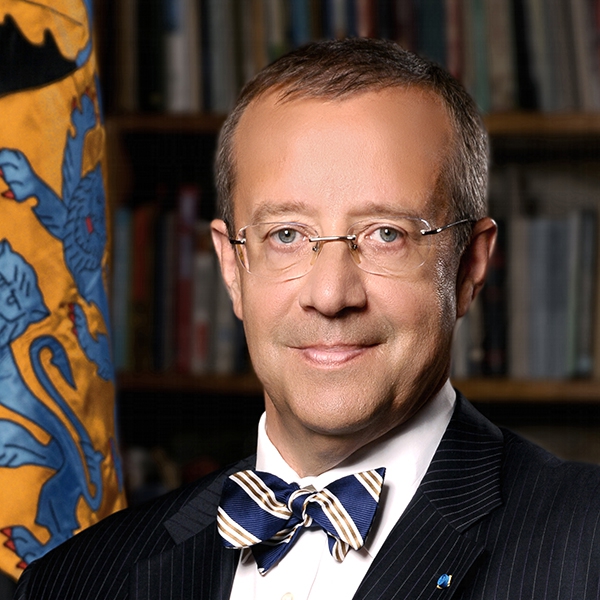

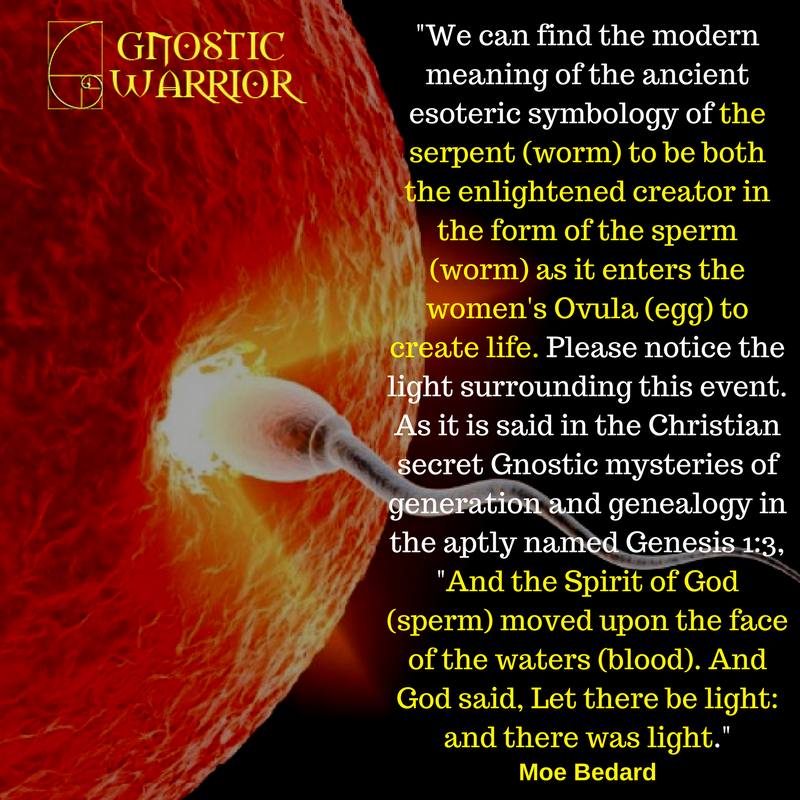
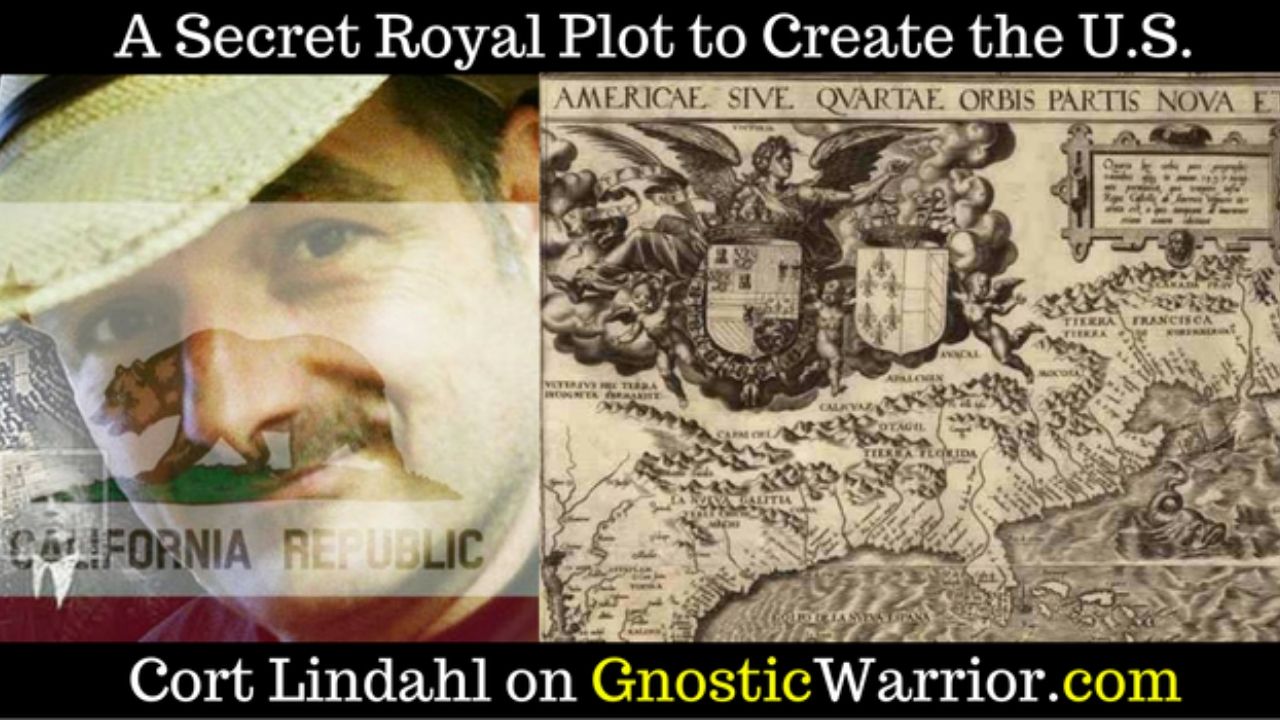


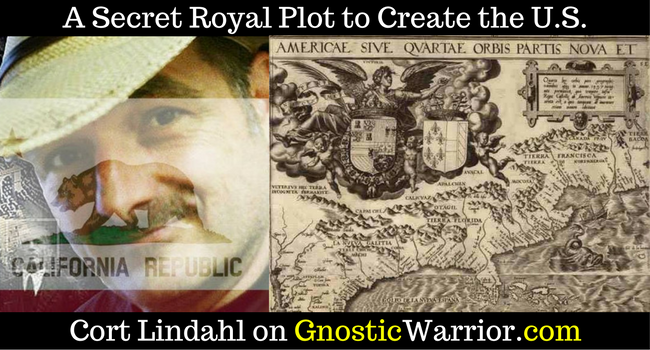
Moe: As a Truth and Reality blogger I want to thank you for all the precious time you are spending producing information for me and others to enjoy and keeping up a web page. There is much I would love to share with you. In time I hope I will have the opportunity to do so. I have been working on my gnosis for over 50 years and it is just now coming together. A few years ago I finally completely shed myself of all belief, faith, wisdom, knowledge, understanding and illusions of knowing. This led me to the door way to NOTHING…which is everything. This opened the flood gate of inner consciousness and a connection to the Universal mind that has been feeding me Truth and Reality through realization faster then my little pee brain can assimilate. Writing is a passion but a true challenge for me. I so envy those that are masters at wordology!
Hey Jimmy,
It is my pleasure. Thanks for taking the time to comment and the kind words. Like you, writing doesn’t come very easy to me. I had dropped our of school at 16 and as a result, my grammar skills are weak, but I write on anyways because of the passion and the need to do my part in history. That is great you have been able to reach that level of consciousness and to connect to the spirit. This is key to finding the real you. I wish you the best on your writing and all that you do in life.